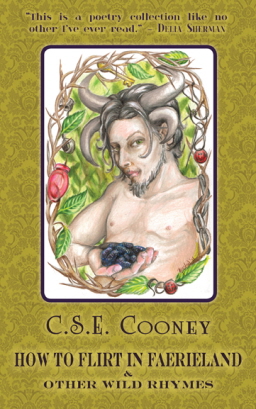Mark Rigney Reviews Ivy and the Meanstalk
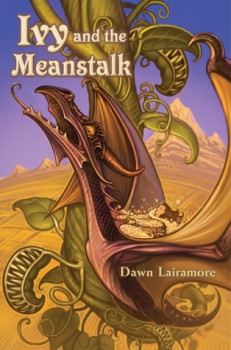 Ivy and the Meanstalk
Ivy and the Meanstalk
Dawn Lairamore
Holiday House (227 pages, Hardcover, $16.95)
Reviewed by Mark Rigney
Franchises in young adult and children’s fiction are nothing new. The Hardy Boys and Nancy Drew are only the tip of the iceberg. Among others, E. Nesbitt, Enid Blyton and Edward Eager clearly understood the value of bringing favorite characters back for sloppy seconds (and more), as did authors as diverse as Arthur Ransome (Swallows and Amazons), Gertrude Chandler Warner (The Boxcar Children) and L. Frank Baum (the Oz books). More recent examples come from Susan Cooper, J.K. Rowling, Suzanne Collins and now, Dawn Lairamore, who revives plucky heroine Princess Ivy for another swift tween adventure in Ivy and the Meanstalk.
Lairamore’s first outing was Ivy’s Ever After, in which Ivy made life-long friends with Elridge, the sensitive, almost effete dragon assigned to guard Ivy’s tower prison. In this latest outing, Ivy’s loopy fairy godmother, Drusilla, nearly destroys Ivy’s entire kingdom through the thoughtlessness of having once given Jack (yes, that Jack) a handful of magic beans. The beans grew a beanstalk (yes, that beanstalk) and Jack stole all that great loot from the giant, including the singing harp, which (as luck would have it) was the only thing that could put the giant’s widow (here named Largessa) to sleep. Ivy and the Meanstalk opens over a thousand years later and Largessa is suffering from a mean case of sleep deprivation. Unless Ivy can get Jack’s harp back and use it to lull Largessa into dreamland, the giantess will pepper Ivy’s peaceful kingdom of Ardendale with giant boulders until every farm and castle is smashed flat.
Riding on Elridge’s back, Ivy and trusty stable-boy Owen set off for Jackopia, where Jack’s descendants live in pomp, circumstance and unbelievable wealth thanks to an endless supply of golden eggs. Surprise, surprise, Jackopia’s king is predictably unwilling to give up his honey-tongued harp.
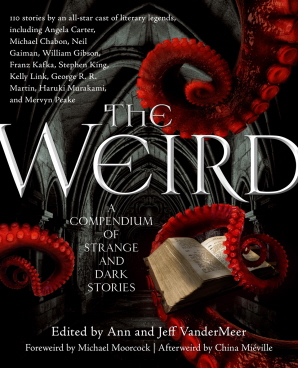
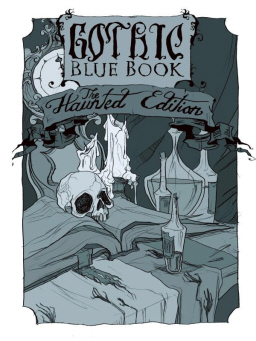
 May’s Apex Magazine features ”Decomposition” by Rachel Swirsky (who is interviewed by Maggie Slater), ”Tomorrow’s Dictator” by Rahul Kanakia and “The Chaos Magician’s Mega Chemistry Set” by Nnedi Okorafor.
May’s Apex Magazine features ”Decomposition” by Rachel Swirsky (who is interviewed by Maggie Slater), ”Tomorrow’s Dictator” by Rahul Kanakia and “The Chaos Magician’s Mega Chemistry Set” by Nnedi Okorafor.
 While I was looking for more authors of modern Arabian fantasy,
While I was looking for more authors of modern Arabian fantasy, 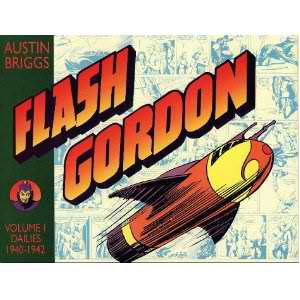
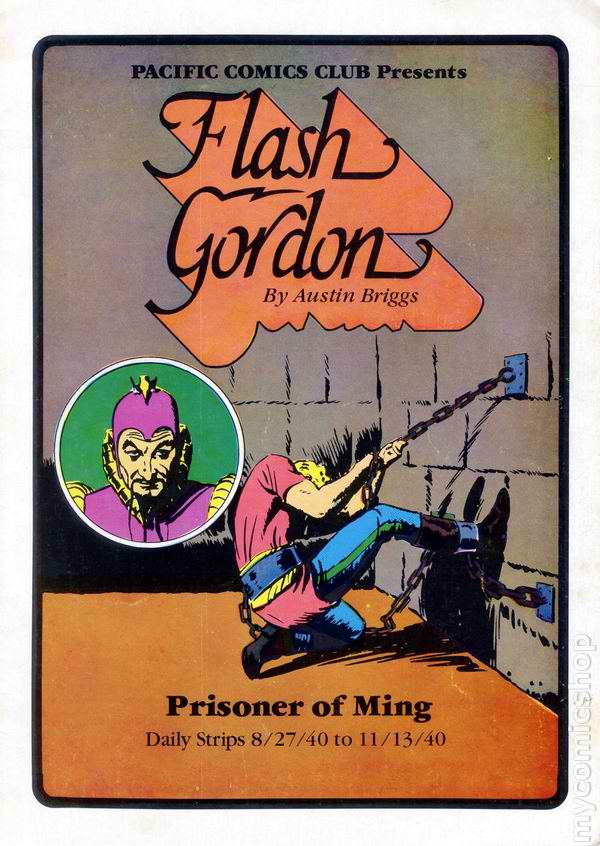

 Abraham Van Helsing only had one truly canonical appearance, arriving as he did mid-way through Bram Stoker’s Dracula. However, so strong was the Dutch professor’s hold on the public imagination, and so fierce his rivalry with the Lord of the Undead, that he has followed his nightmare enemy into the Twentieth Century like a gin-drinking Fury.
Abraham Van Helsing only had one truly canonical appearance, arriving as he did mid-way through Bram Stoker’s Dracula. However, so strong was the Dutch professor’s hold on the public imagination, and so fierce his rivalry with the Lord of the Undead, that he has followed his nightmare enemy into the Twentieth Century like a gin-drinking Fury.